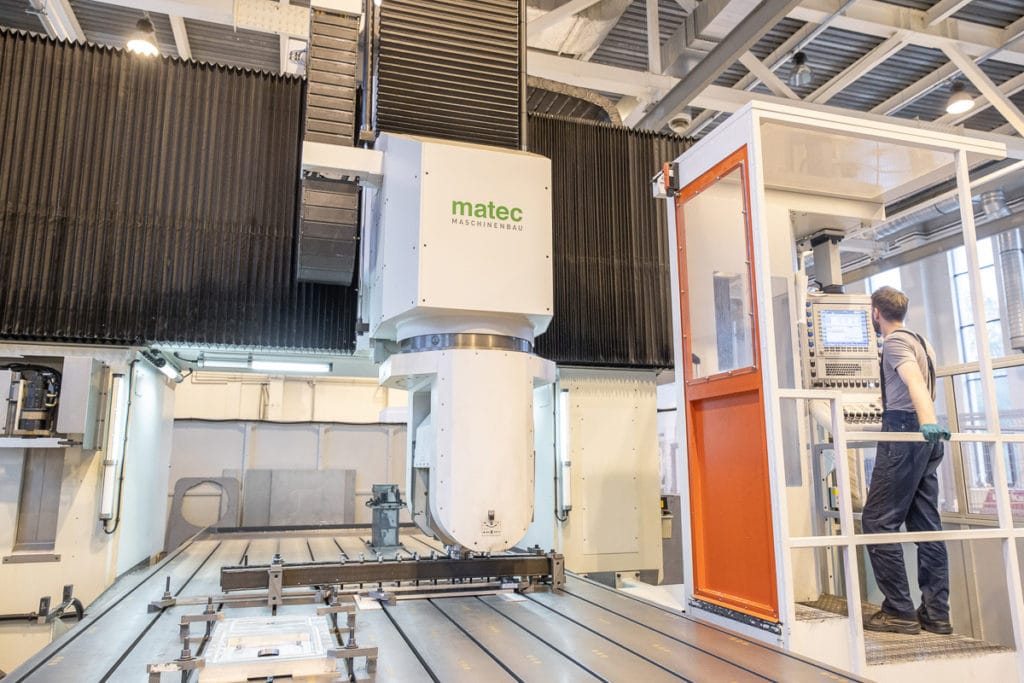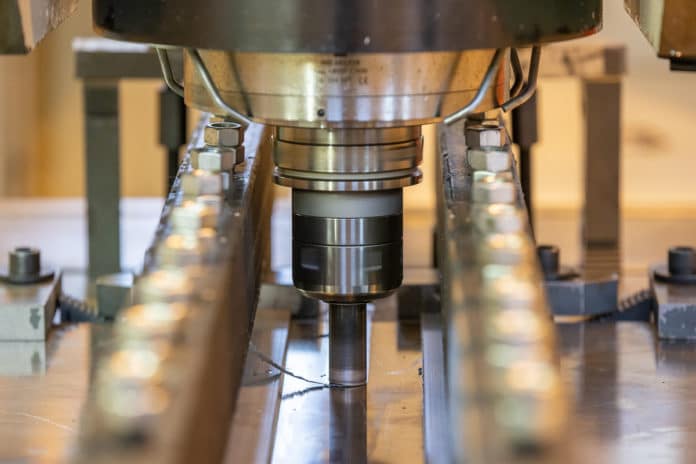Engineers from Peter the Great St. Petersburg Polytechnic University (SPbPU) have developed a friction stir welding technology of a new aluminum alloy for a lightweight pedestrian bridge.
In their innovative approach, engineers plan to weld the elements and then connect them to a bridge at the construction site. The aluminum pedestrian bridge will be located in the town Bor in the Nizhny Novgorod region (Russian Federation).
The work is carried out in collaboration with the SGR aluminum structures plant in St. Petersburg and is supervised by the Aluminum Association of Russia.
The engineers will connect about 20 parts of 8 meters long and 16 mm thick made of an aluminum-magnesium alloy. According to scientists, this new alloy has just recently become available for widespread use, and all work on the design and construction of a bridge from this alloy is pioneering.

“The bridge is large and has many types of connections,” explained Anton Naumov, associate professor of the Institute of mechanical engineering, materials, and transport of SPbPU, adding that the scientific group is developing technology of friction stir welding for butt joints of aluminum plates on both sides of the plates. The researcher added that this type of joint would surpass the arc welding in quality.
In addition, as the scientist noted, it is economically more profitable to weld a thick aluminum sheet in this way since the number of additional manipulations must be carried out with the material during arc welding. For example, arc welding is carried out in several passes to fill the entire thickness of the seam with the filler wire. In addition, according to the researchers, friction stir welding is a green technology because there is no evaporation of material or luminescence.
“The new high-strength aluminum alloys successfully compete with the structural steels in terms of mechanical properties, also, in terms of weight, the aluminum structure will be much lighter than the steel ones. Therefore, the implementation of the aluminum bridges is increasing worldwide,” says Anton Naumov.
“Innovative technology of friction stir welding is already used in the bridge construction: the plant “Sespel” uses it for the components of orthotropic plates from the well-known aluminum alloy 6082 T6. But the new bridge will be the first bridge in Russia manufactured using a friction stir welding technology for the new Al-Mg alloy,” mentioned Evgeny Vasiliev, the Head of the transport infrastructure of the Aluminum Association of Russia. According to him, this is a serious task and a real technological breakthrough.
The researchers plan to complete their part of the project by the end of September. The 121-meter length bridge is planned to be commissioned by 2022.
